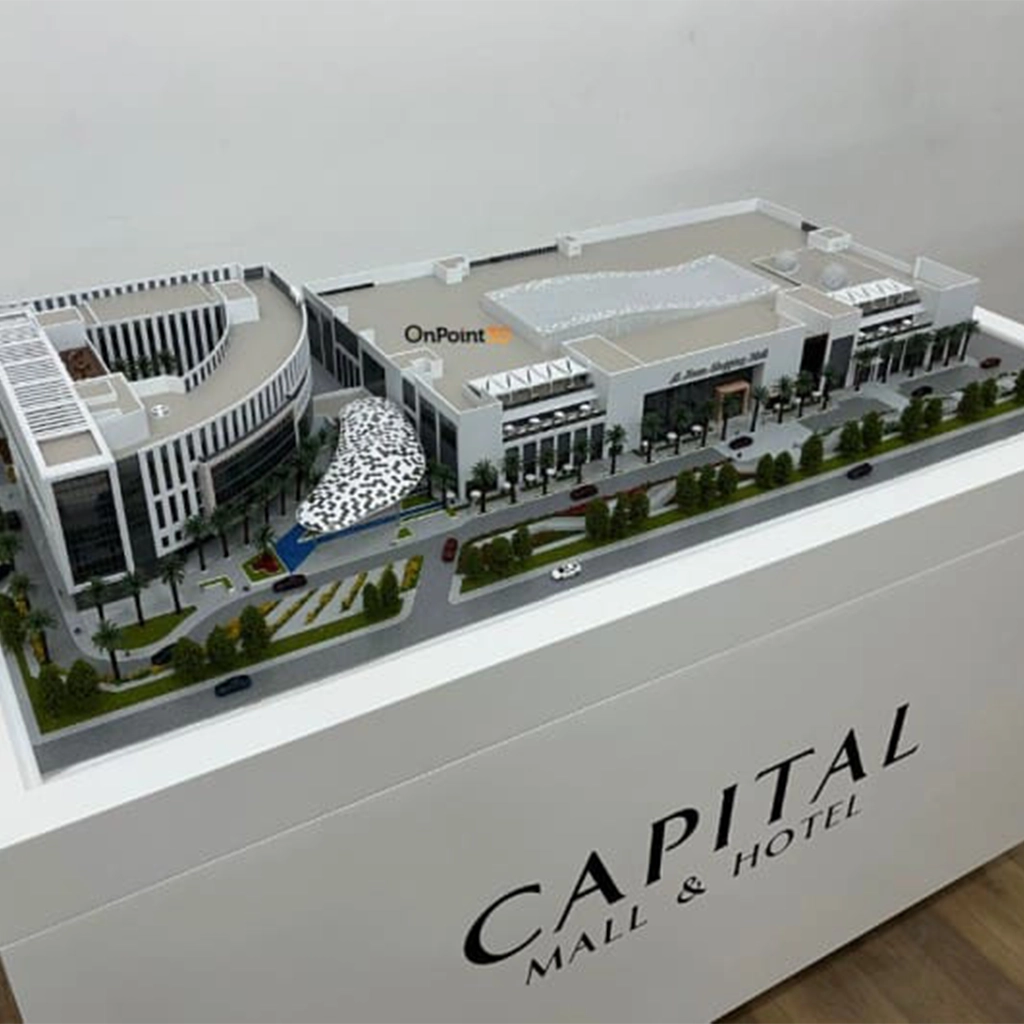Architectural model making is the process of creating physical representations of buildings or structures to help architects, designers, and clients better understand a project. Model making has been an integral part of architecture for centuries and has grown over time, from simple hand-built clay models to complex computer-generated renderings.
In this article, we will explore the evolution of architectural model making UAE techniques and how they have impacted the field of architecture.
The Early Years: Hand-Built Models
The earliest form of architectural models can be traced back to ancient civilizations where builders used scale models made from various materials such as wood, stone, and clay. These models were often used as blueprints for constructing large-scale structures such as temples, palaces, and pyramids.
During the Renaissance period, model making became more prevalent with the rise of perspective drawing. Architects began using highly detailed models to present their designs to clients and rulers. These models were hand-built and made from materials like wood, paper, and plaster.
The Industrial Revolution: Mass Production Of Models
With the onset of the Industrial Revolution in the 19th century, architectural model making techniques evolved drastically. The introduction of new machinery allowed for mass production of models at a much faster rate than before. This resulted in architects being able to produce multiple models to test different design ideas and variations.
During this time, cardboard became a popular material for building models due to its affordability and ease of use. It also allowed for more intricate detailing, making it possible to create highly accurate representations of building designs.
The Digital Age: Computer-Generated Models
Fast forward to the 21st century, and we see a significant shift in architectural model making techniques with the advancement of technology. CAD (Computer-Aided Design) software has become a staple tool for architects, allowing them to create detailed digital models that can be easily manipulated and shared with clients.
The rise of 3D printing has also progressed architectural model making. Architects can now produce physical models from their digital designs quickly and accurately. This has not only made the process more efficient but also allows for more creativity and experimentation in the design process.



